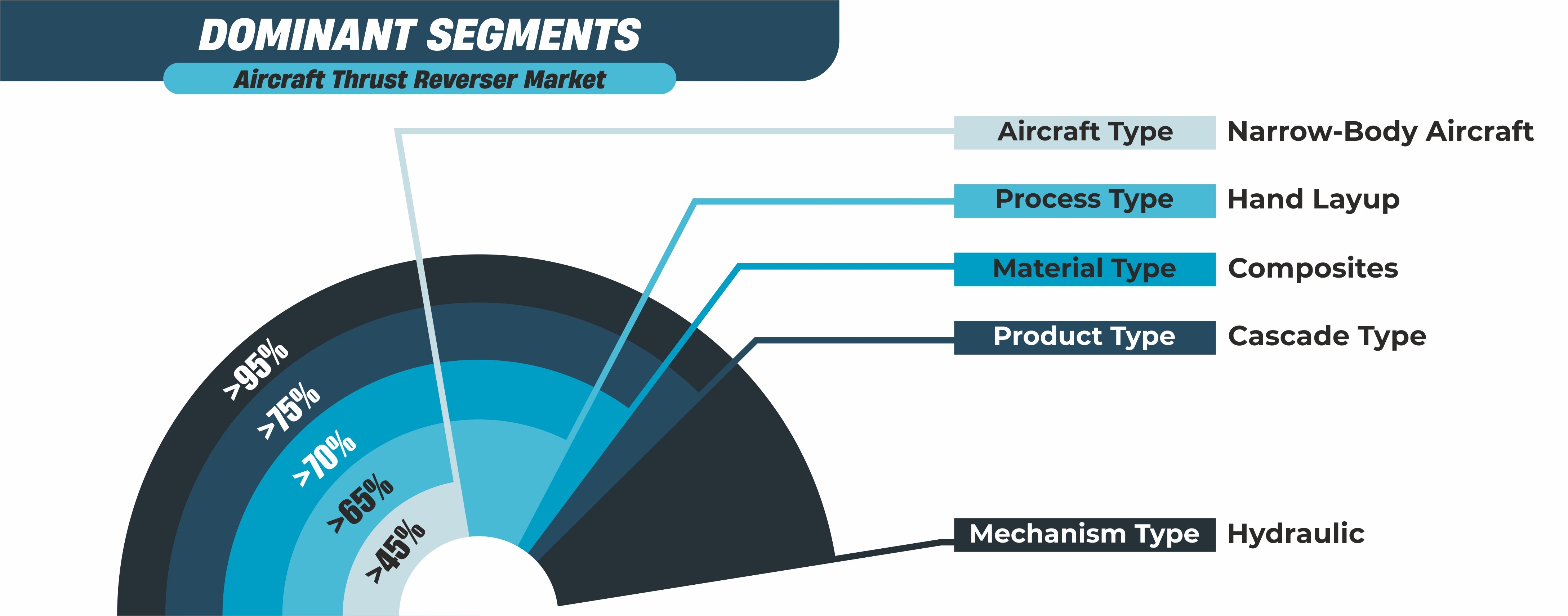Aircraft Thrust Reverser Market Growth: Key Trends and Future Opportunities

The aircraft thrust reverser market is witnessing significant growth, driven by advancements in aviation technology, rising air travel demand, and the need for improved operational efficiency. Thrust reversers play a crucial role in decelerating aircraft during landing, ensuring safety and reducing wear on braking systems. As the aviation industry continues to expand, the demand for advanced thrust reverser systems is expected to grow substantially.
According to Stratview Research, the aircraft thrust reverser market was estimated at USD 3587 million in 2018 and is likely to grow at a CAGR of 4.80% during 2019-2024 to reach USD 4761.7 million in 2024.
Key Market Trends
- Increasing Demand for Lightweight Materials: The aerospace industry is focused on weight reduction to enhance fuel efficiency. This trend has led to the adoption of composite materials, such as carbon fiber, in manufacturing thrust reversers. Lightweight materials not only reduce overall aircraft weight but also improve performance and durability.
- Growth of Narrow-Body Aircraft: With a surge in short-haul and regional flights, the demand for narrow-body aircraft is rising. These aircraft require efficient thrust reversers to ensure safe landings on shorter runways. This segment is anticipated to contribute significantly to market growth.
- Emergence of Electric and Hybrid Aircraft: As the industry moves towards greener aviation solutions, the design and functionality of thrust reversers are being adapted for electric and hybrid aircraft. Innovations in actuator systems and power management are shaping the future of thrust reverser technology.
- OEM and Aftermarket Growth: The market is driven by original equipment manufacturers (OEMs) and a robust aftermarket for maintenance, repair, and overhaul (MRO). Airlines prioritize thrust reverser maintenance to ensure safety, creating opportunities for MRO service providers.
- Focus on Noise Reduction: Airports worldwide are implementing stricter noise regulations. Manufacturers are responding by developing quieter thrust reversers that comply with these standards while maintaining performance efficiency.
Future Opportunities
The increasing global air traffic, especially in emerging markets such as Asia-Pacific, presents vast opportunities for market players. Countries like India and China are investing heavily in aviation infrastructure, boosting aircraft procurement and, consequently, the demand for thrust reversers.
Moreover, advancements in 3D printing technology offer cost-effective manufacturing solutions, enabling customized designs and faster production cycles. This technology is expected to play a pivotal role in the market’s evolution.
Conclusion
The aircraft thrust reverser market is poised for sustained growth, supported by technological innovations and rising demand for efficient and environmentally friendly aviation solutions. As industry players invest in research and development, the market is set to capitalize on opportunities in both traditional and emerging aviation sectors, ensuring a safer and more sustainable future.
- Questions and Answers
- Opinion
- Motivational and Inspiring Story
- Technology
- Live and Let live
- Focus
- Geopolitics
- Military-Arms/Equipment
- Sicherheit
- Economy
- Beasts of Nations
- Machine Tools-The “Mother Industry”
- Art
- Causes
- Crafts
- Dance
- Drinks
- Film/Movie
- Fitness
- Food
- Spiele
- Gardening
- Health
- Startseite
- Literature
- Music
- Networking
- Andere
- Party
- Religion
- Shopping
- Sports
- Theater
- Health and Wellness
- News
- Culture

